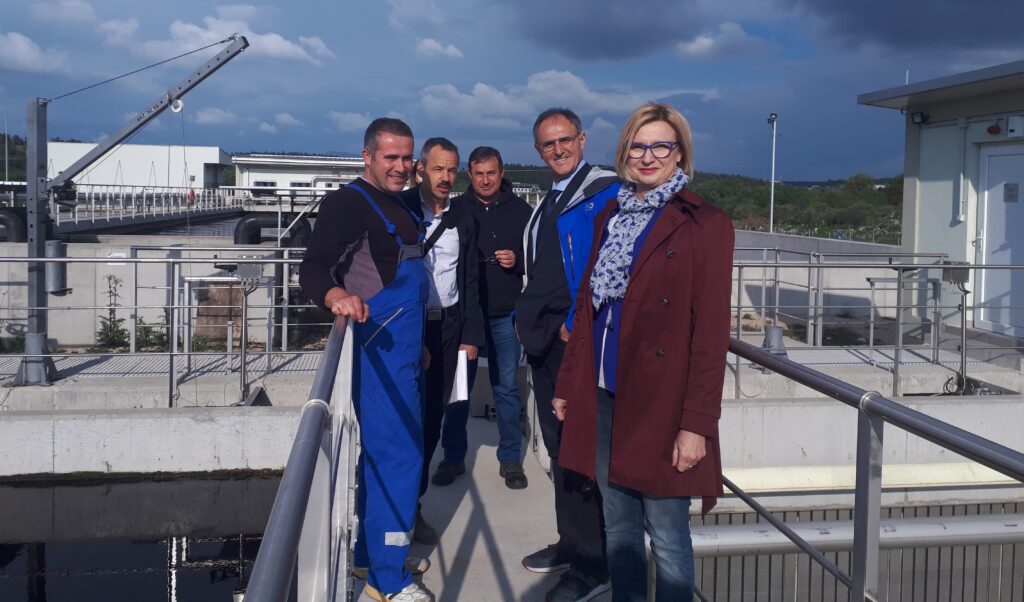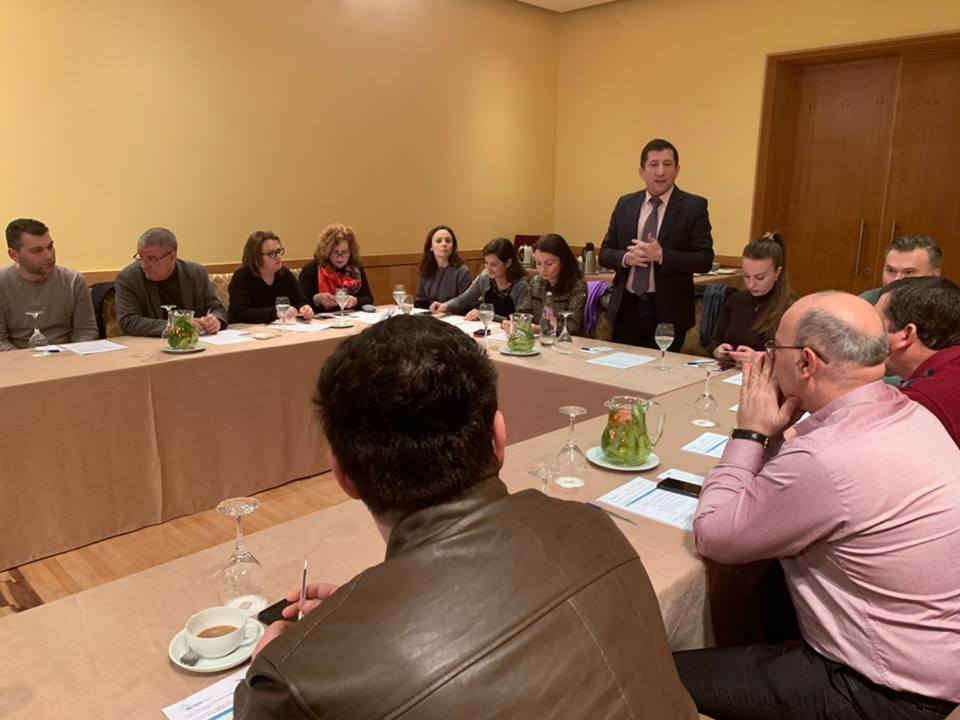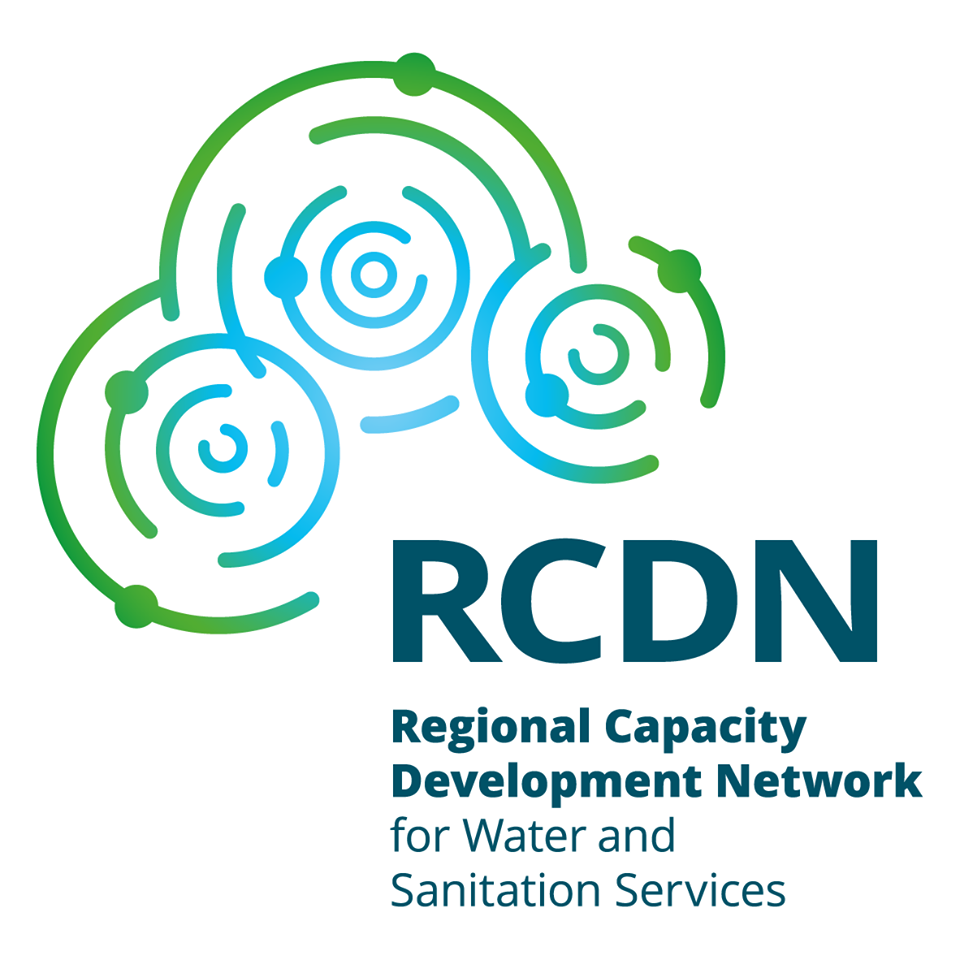Water is often considered as a key source of employment, both directly, as an employer in water related services, and indirectly, through water-dependent economic activities such as agriculture. It is widely recognized that women play crucial role in managing and safeguarding water at the domestic and community level. From the other side, the empirical evidence clearly shows that globally women are significantly underrepresented in the water and sanitation sector. Despite positive development tremendous number of people worldwide still lack safely managed drinking water and sanitation. It is expected that the rapid urbanization will further increase the demand for urban water and sanitation services. Furthermore, climate change puts additional pressure on water resources that are already scarce throughout the world. Thus, it is to be expected that the demand for water and sanitation services will grow in the future. Consequently, water utilities and their founding municipalities will have to attract skilled water professionals including women to respond to the evolving needs. Thus, water and sanitation sector shows growing job opportunities, and in particular for women. On top of that it has been proven that gender diversity is a clear business advantage.
It is widely recognized that women play crucial role in managing and safeguarding water at the domestic and community level. Across the world, women and girls bear the burden of collecting water, especially in less developed countries. They have to often carry it from long distances and/or in harsh conditions. Usually they bear the responsibility for household hygiene and sanitation needs as well. Regardless of the level of the development of the countries, water is considered as a key source of employment, both directly, as an employer in water related services, and indirectly, through water-dependent economic activities such as agriculture.
From the other side, the empirical evidence clearly shows that globally women are significantly underrepresented in the water and sanitation sector. Data collected for recent World Bank study “Women In Water Utilities: Breaking Barriers” from 64 water and sanitation service providers in 28 economies around the world showed that only 18% of their workers are women—that’s less than one in five. Women are also underrepresented in technical and managerial positions where, on average only 23% of licensed engineers are women. The same figure appears for female managers. Wide heterogeneity was also found. Some utilities have no women in technical and managerial positions at all – almost one third of the utilities in the sample have no female engineers and 12% of utilities have no female managers. The ratio of men to women employees is substantially higher in small to medium sized utilities compared to large utilities across the world. Similar data is provided for the USA in the article “Barriers and Bias: Women in Water Utilities Are Breaking Them All”. Despite the fact, that the women make up 46,8% of employees across all professions in the USA, the total number of women working across all sectors in water utilities is only 15%. The ratio of man to women working in US water utilities is 3,4:1. Only 5,2% of 77.000 water and wastewater system operators are women. In 2018, only 23,1% of the total engineers recruited by water utilities were women, which is significant improvement compared to the past. However, the total percentage of women engineers is less than 8%. Women are consistently under-represented across water utilities, particularly in the skilled occupations and in management positions – just 6% of water utility CEOs in USA are women.
A recent report by World Bank Group broke down stages of the employee career cycle in water utilities and how these might be acting as barriers for more women to enter the water and sanitation services sector. These stages include attraction, recruitment, retention and advancement. While there are several barriers for women to enter these industries, the chain of barriers begins in education, with smaller number of women pursuing graduation in Science, Technology, Engineering and Mathematics (STEM) fields. According to the Society of Women Engineers in UK, women make up 25% of civil/environmental engineering graduates. The UNESCO data from 2017, shows that the percentage of women in STEM-related disciplines is 35%. Unfortunately, similar comprehensive study is missing for the region of Western Balkans. However, the data from the engineering faculties in the countries of former Yugoslavia shows that the growth of the student population in the last decades at technical faculties could be exclusively attributed to the female population. In the technical faculties, women reduced the gap with men by increasing their share to 35%-40%. Similarly, the World Bank data (2015 – 2017) on the share of female STEM graduates in selected countries in the region of Western Balkan shows that it ranges from 40% in Serbia, 43% in BiH, 45% in North Macedonia and 49% in Albania. This might area for further research of the Associations of water utilities and municipalities – members of the Regional Capacity Development Network for Water and Sanitation services in SEE (RCDN).
This situation is often explained by the heavy engineering focus of the water and sanitation sector. Water and sanitation sector is widely known to be very conservative and resistant to change where the innovation cycles are much longer compared to other sectors. It still largely relies on a business as usual approach – from its selection of treatment technologies, to a hesitation to adopt innovative utility business models, to willingness to embrace digital solutions. Also, with regards to workforce development including diversity issues and inclusion, the water and sanitation services sector is equally slow to adopt and stands at the tail.
Currently, the world is unfortunately not on track to deliver UN Sustainable Development Goal (SDG) 6, “To ensure availability and sustainable management of water and sanitation for all”. Despite the positive developments, there are many challenges ahead. Namely, 2,1 billion people lack safely managed drinking water and 4,5 billion lack safely managed sanitation (WHO & UNICEF 2017). It is expected that the rapid urbanization will further increase the demand for urban water and sanitation services. Furthermore, climate change accompanied by droughts, floods, etc., puts additional pressure on water resources that are already scarce throughout the world.
In order to meet the growing demands for water and sanitation services, water utilities and their founding municipalities will have to expand the talent pool of skilled water professionals to align with the evolving needs. This requires drawing on all available talent, including women. These needs also raise the expectations that new companies will emerge to respond the demand and it is therefore expected that new jobs will be created. With an upswing of jobs come new opportunities to attract women in a variety of roles, both technical and otherwise.
Increasing number of private and public companies are realizing that narrowing workplace gaps in both salaries and at all levels of responsibility between men and women is good for business and development. A 2017 McKinsey study of more than 1,000 companies around the world found that those companies which have been top ranked for gender diversity of their executive teams were 21% more likely to experience “above average profitability” than the companies at the bottom. In its UK research report “Women in Tech: Time to close the gender gap” report, Pricewaterhouse Coopers states that “… the gender imbalance in technology doesn’t just represent a missed opportunity for women and society, but also for businesses … put simply, diversity is a business advantage …”.
In the light of the above mentioned, we can conclude that the water and sanitation sector shows growing job opportunities, and in particular for women.
Hari Shutoski, Ph.D., GIZ ORF MMS




